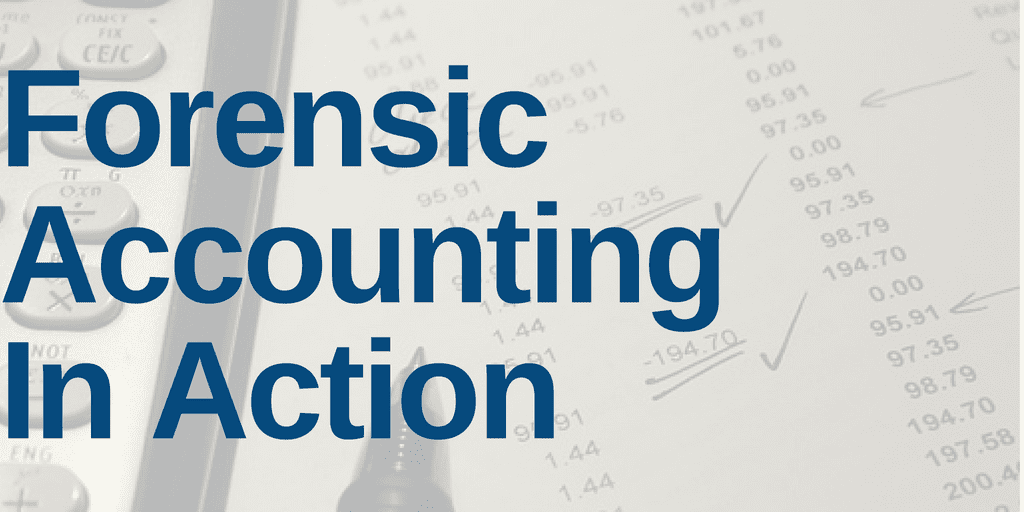This week’s Filing Season Finds report highlights some of the most interesting footnote disclosures in the 247 10-Ks and 10-Qs our Robo-Analyst[1] analyzed last week[2].
- General Electric’s (GE) move towards less transparency and
- hidden insights we found in the 10-Ks of T-Mobile (TMUS) and Illinois Tool Works (ITW).
Since 2005, we’ve reported how traditional earnings measures are unreliable due to accounting loopholes that allow companies to manage earnings. Our Core Earnings[3] excludes unusual gains and losses to provide a more reliable earnings measure shown to provide a new source of alpha.
General Electric Says Goodbye to Transparency
In General Electric's 2021 10-K, our analyst Hunter Anderson highlighted how our Robo-Analyst found the company will no longer separate GE Capital, the company’s financial arm, from its Industrial businesses in its financial filings. Instead, all results will be consolidated. The explanation of this change is found on Page 6 of the company’s 2021 10-K.
Eliminating the breakout of the company’s financial division removes transparency needed for investors to truly understand the profitability of the entire business. Financial companies and non-financial companies have very different capital structures and operating activities, and investors need to treat these divisions differently when analyzing all aspects of profitability. For instance, financial companies are in the business of selling money; so there is no such thing as Excess Cash for them.
The elimination of this transparency is especially alarming given how misleading General Electric’s reported results have been in the past. Our 2016 report How General Electric Can Prevent A $125 Billion Decline In Market Value was among the very first to warn of the huge fall in the company’s stock. More recently, in a March 2021 Filing Season Finds report, we pointed out how overstated General Electric’s GAAP earnings were due to unusual hidden and reported items. After adjusting for unusual items, we found that General Electric’s 2020 Core Earnings were -$2.37/share compared to 2020 GAAP earnings of $4.77/share.
In 2021, General Electric’s results saw a swing in the opposite direction. After adjusting for all unusual items, we find that General Electric’s 2021 Core Earnings are $0.02/share compared to 2021 GAAP earnings of -$6.15/share.
Because General Electric is eliminating transparency and providing worse disclosure in its filings, we have suspended its rating so investors are aware that current results may no longer be comparable to prior periods. Learn more about Suspended Ratings here.
Other Material Earnings Distortions & Insights We Found
From disclosures in the footnotes and MD&A:
T-Mobile U.S. (TMUS) – Hidden Merger Related Costs Create Understated GAAP Earnings
- In T-Mobile’s 2021 10-K, analyst Robin Ortega noted that our Robo-Analyst found on page 29 that the company bundled $3.1 billion in merger-related costs within cost of services, cost of equipment, and selling, general and administrative costs. We remove this non-operating charge from our measure of net operating profit after-tax (NOPAT) and Core Earnings to calculate the true recurring profits of the business. After removing all that Earnings Distortion and more (-$3.2 billion, or 105% of GAAP Earnings), we reveal that T-Mobile’s 2021 Core Earnings of $6.2 billion, or $4.94/share, are much higher than GAAP Earnings of $3.0 billion, or $2.41/share.
Illinois Tool Works (ITW) – Applause for Detailed ROIC Calculation Disclosures
- Analyst Hunter Anderson noted that our Robo-Analyst found one of the most detailed breakouts of how a company calculates return on invested capital (ROIC) on page 35 of Illinois Tool Works’ 2021 10-K. There is no adjustment to make here, just a hat-tip to quality disclosure. Better yet, Illinois Tool Works goes one step further and ties 33% of executives’ performance share units and long-term performance cash awards to an after-tax ROIC goal. We applaud companies that tie executive compensation to ROIC, and doing so ensures that executives’ interests are aligned with shareholders’ interests and there is a strong correlation between improving ROIC and increasing shareholder value.
The Power of the Robo-Analyst
From the 247 10-K and 10-Q filings analyzed by our Robo-Analyst last week, it collected 34,469 data points. This data led to 5,017 Core Earnings, balance sheet, and valuation adjustments with a combined dollar value of $3.8 trillion. The adjustments were applied as follows:
- 2,033 income statement adjustments with a total value of 218 billion
- 1,949 balance sheet adjustments with a total value of $1.5 trillion
- 1,035 valuation adjustments with a total value of $2.1 trillion
Figure 1: Filing Season Diligence for the Week of February 14 – February 18
Sources: New Constructs, LLC and company filings.
Every year in this six-week stretch from mid-February through the end of March, we parse and analyze roughly 2,000 10-Ks and 10-Qs to update our models for companies with 12/31 and 1/31 fiscal year ends. This combination of technology and human expertise enables investors to overcome the flaws in legacy fundamental research and make more informed investment decisions.
This article originally published on February 23, 2022.
Disclosure: David Trainer, Robin Ortega, Hunter Anderson, Kyle Guske II, and Matt Shuler receive no compensation to write about any specific stock, sector, style, or theme.
Follow us on Twitter, Facebook, LinkedIn, and StockTwits for real-time alerts on all our research.
[1] Harvard Business School features the powerful impact of our research automation technology in the case New Constructs: Disrupting Fundamental Analysis with Robo-Analysts.
[2] Note: we parse all the 10-Ks for the companies we cover within 24-48 hours of their arrival at the SEC. Next week, we expect to analyze several hundred 10-Ks.
[3] Only Core Earnings enable investors to overcome the flaws in legacy fundamental data and research, as proven in Core Earnings: New Data & Evidence, written by professors at Harvard Business School (HBS) & MIT Sloan for The Journal of Financial Economics.

